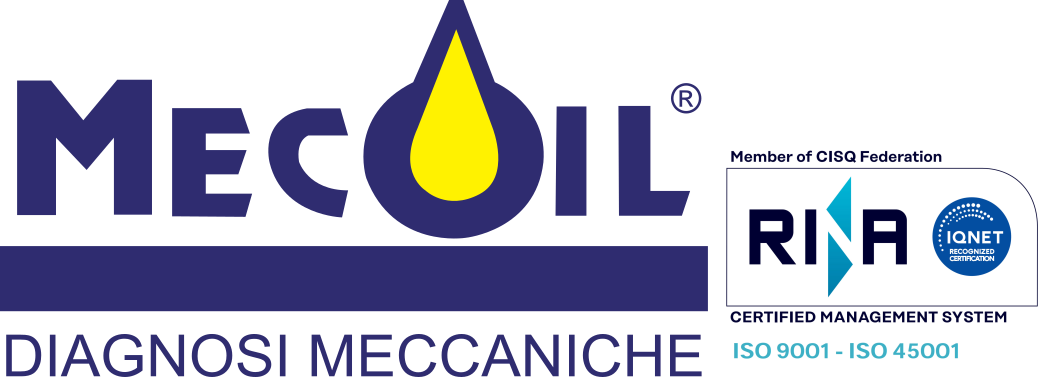A “brand new” batch of oil. How could you honestly assume that for real?
In today’s challenging market of electric energy, power generation plants are undergoing a tremendous revamping and up to date challenge in Maintenance strategies for being competitive as much as possible.
Not only “random failures” are no longer acceptable, whilst great instances for improving efficiencies are constantly requested by the management to reduce costs and increasing Safety and reliability. A big player in modern plants is the lubricant, that only recently has been recognized as a real and critical part of the top plants’ assets; few really evolved managers decided that from now on the oil is vital, and an asset in itself, to be controlled and monitored like any other mechanical part of the factory.
In the recent past, the classic R&O turbine oils have been considered kind of workhorses, lasting almost like the big, heavy duty rotating machines inside where they operated. At slow pace, mild temperatures, big volumes and so on. Very conservative situations, and reduced stress, as well.
Nowadays, in order to stay in business the new TG plants are no longer engaged with such relaxing atmosphere; the “just in time” requests for immediate extra power and very short periods of “full speed” performances are really creating big issues in the classic conditions’ based maintenance strategies.
On the other hand, the lubricants are becoming more and more dedicated and very specific; with base oil turning from Group I to Group II and III category. These new and very progressive formulations have great potential and impressive performances, but at the same time present “dark sides” that are negligible until you reach a certain level of alarm, related with antioxidants additives’ depletion. The results – finally – if you ignore such early warnings in fluids’ decay is polymerization and agglomeration of byproducts derived from oxidation of the large organic molecules; thus leading to the precipitation of unwanted high molecular weight substances commonly referred to as “varnish”.
In the oil analysis world many laboratories have been dealing with such issues and the best approach, until recently, to control the Varnish potential has been the special “patch test” using dedicated membranes and filtering a certain quota of oil, previously settled for a given amount of time. The method is today well known as MPC, giving DeltaE as an indication of an oil’s potential to produce varnish deposits, in a really predictive approach. But this could not be always enough to protect your plants. Sometimes (Mecoil has a strong company experience in this field) we faced a real issue also with supposedly brand new (out of the drum, to say) products that were expected to be in good shape, ideal for tapping up the reservoirs. Unfortunately, we discovered that the amount of “active ingredients” like the Aminic/Phenolic AOs ratio, that is the clue for trouble free and reliable operations was totally out of control, probably depleted by an improper storage situation or environmental contamination, like dust, water, etc.
We recently had the chance to discuss many of these topics with one of the most influent and knowledgeable person involved with Proactive maintenance procedures in the lubrication field. Jo Ameye (as an old personal friend) brought to our attention the improvements occurred with the new Ruler system; two days of very dynamic exchange of infos on best practices in fluids’ handling. We really appreciated such great chance to communicate enhancements of technologies related with early warning detection of lubricants’ decay.
In the evening, we took a sightseeing tour to Pensione Bencistà for a pleasant dinner in a very cozy and relaxing atmosphere.
Hope to see you soon back in Firenze, dear Jo.
September, 2015
New technologies for turbine oil monitoring


